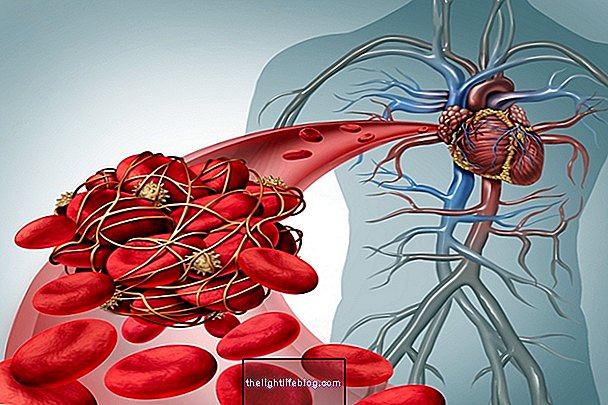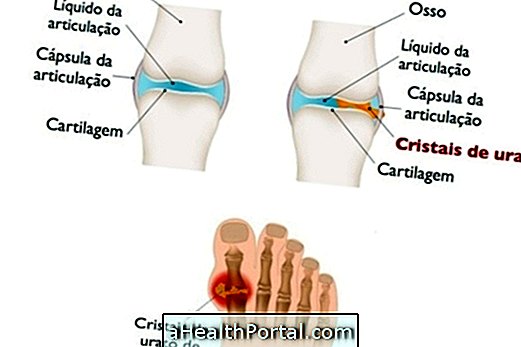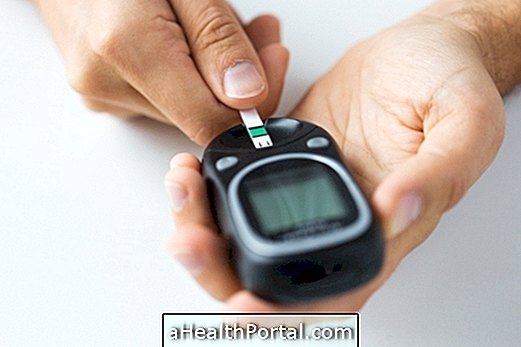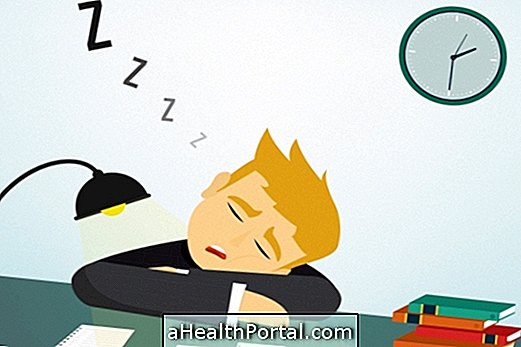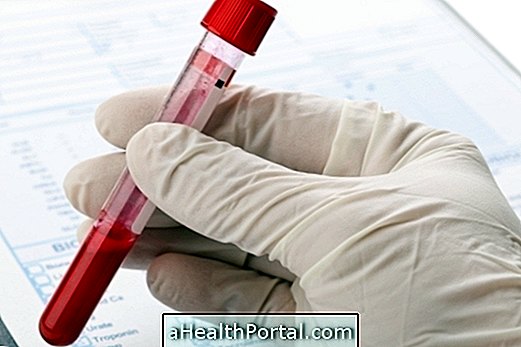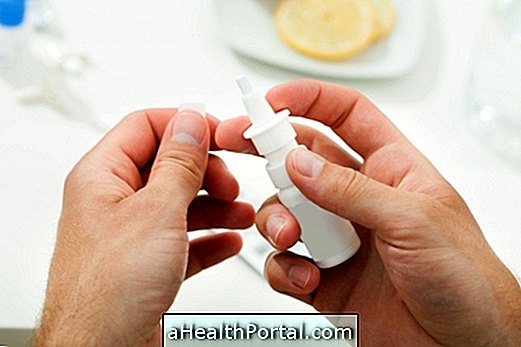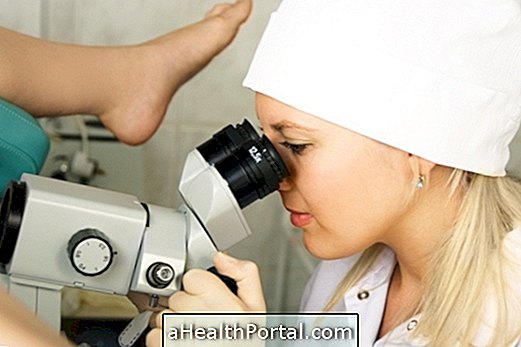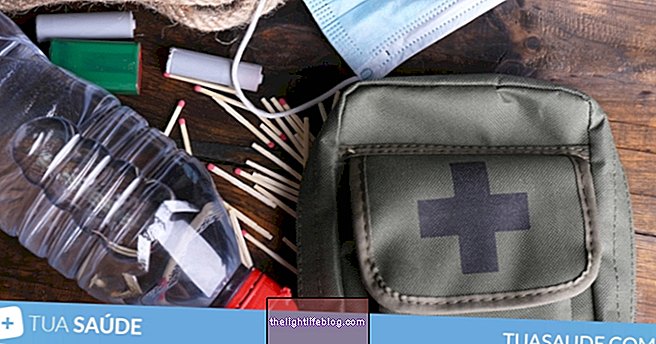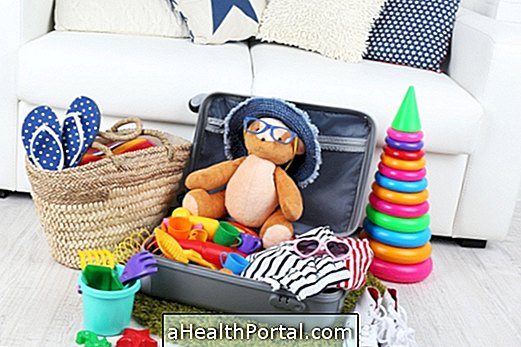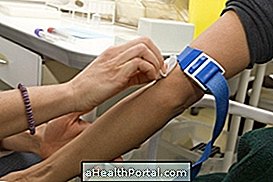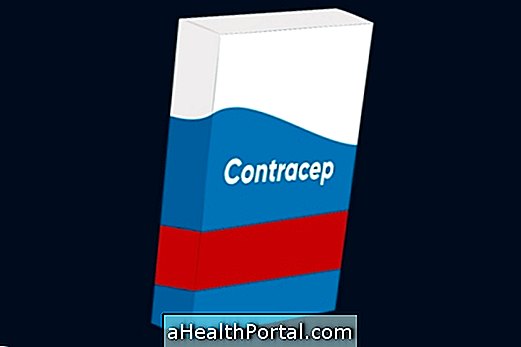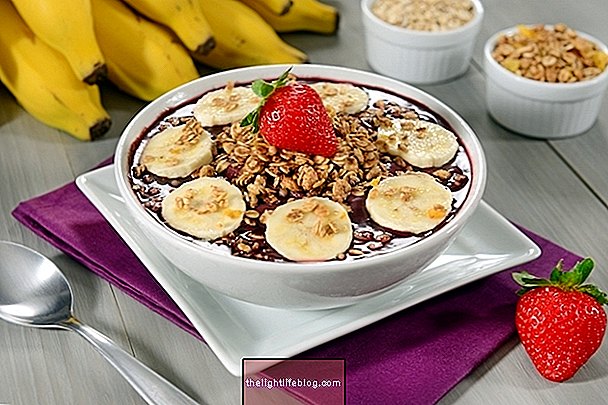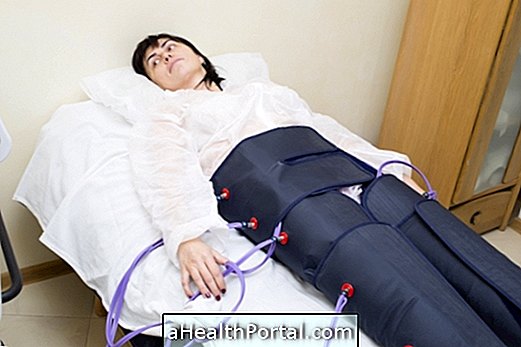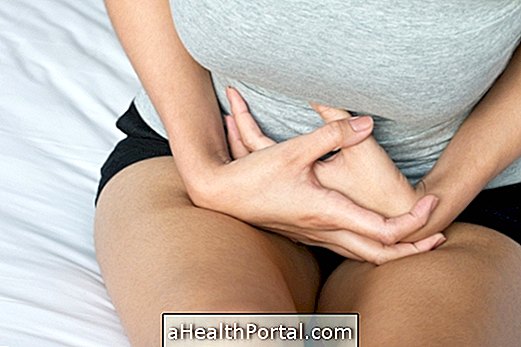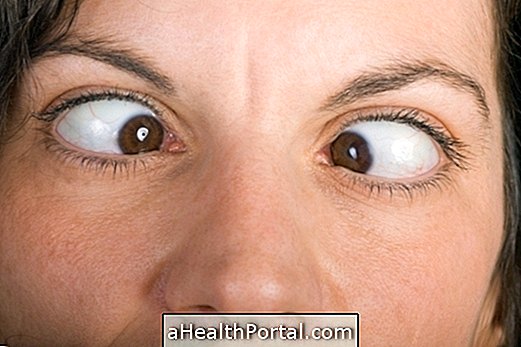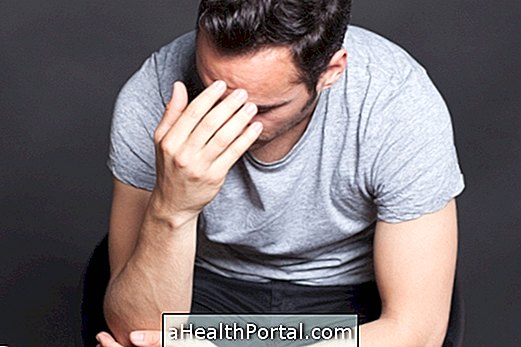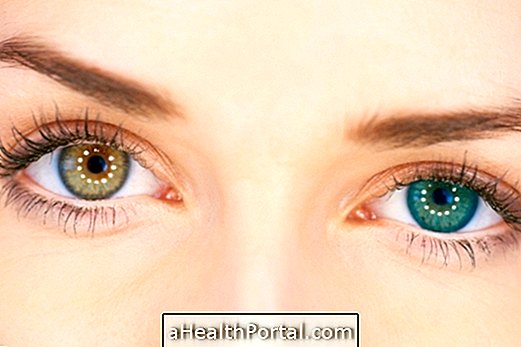Treatment for hypoglycemia depends on the severity of your symptoms and whether the person has diabetes or not. It is generally advised that when you notice the symptoms of hypoglycemia, which include dizziness, cold sweat, blurred vision, confusion and nausea, eat carbohydrate-rich foods or drinks if the person is conscious.
Already in cases of drowsiness, fainting or convulsion, treatment with glucose application directly into the vein may be necessary by the medical staff.
As important as the treatment is also the identification of the cause of hypoglycemia, the most frequent cause being the use of medicines to treat diabetes, such as insulin, for example, leading to an excessive decrease in blood glucose levels. Hypoglycemia can also result from alcohol consumption, use of certain medications, after surgery, prolonged fasting, hormonal deficiencies, infections, liver, kidney or heart disease, for example. Learn more about what can cause hypoglycaemia.
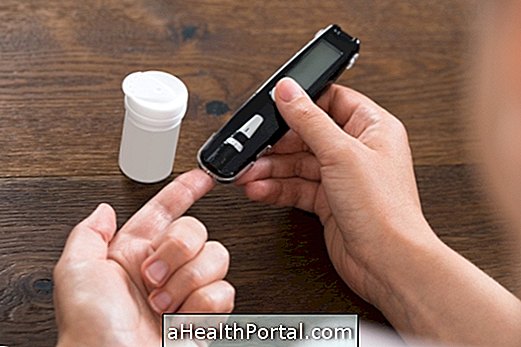
How is the treatment done?
The treatment for hypoglycemia is done under medical guidance and usually involves eating food every 3 hours for blood glucose levels to normalize. For this, it is also important to perform glucose measurement with a certain frequency to check glucose levels. Learn how to measure glucose correctly.
The doctor may recommend some actions when the person is in a hypoglycemic crisis, such as:
- Take about 15 to 20 grams of carbohydrate in liquid form so that it is absorbed more quickly, for example natural orange juice or cola-based or guarana-based soft drink, and in that case the intake of about 100 to 150 mL of refrigerant. If the carbohydrate source is not liquid, you can eat sweets, chocolates and honey, for example. Therefore, it is important to have an immediate source of carbohydrate nearby so it can be consumed in an emergency;
- After about 15 minutes of sugar intake, it is important to measure glucose. If glycemia is found to be below 70 mg / dL, it is recommended that the person re-eat 15 to 20 g of carbohydrate until the glucose value is normalized;
- When it is checked by means of glucose measurement that the values are within the normal range, it is recommended that a person make a carbohydrate-rich snack, such as bread, toast or crackers, that glucose is always present in the blood.
Treatment can also be done through the use of injectable Glucagon, which must be purchased with a prescription and administered as an intramuscular or subcutaneous injection according to medical advice. Glucagon is a hormone produced by the pancreas that has the function of preventing the action of insulin, causing the glucose to remain circulating in the blood.
However, if the person experiences convulsions or unconsciousness, it is necessary to call the mobile emergency service (SAMU 192) for proper action, and glucose is usually given directly into the vein. Learn about first aid for hypoglycemia.

How to prevent hypoglycemia
Some general recommendations to avoid new episodes of hypoglycemia, especially for diabetics, are:
- Decrease consumption of white sugar, alcohol and foods prepared with wheat flour;
- Make at least 4 daily meals containing fruits and vegetables in at least 2 of them;
- Do not skip meals;
- Follow a dietitian-led diet that has ideal amounts of carbohydrates;
- Avoid alcoholic beverages;
- Exercise regularly and moderately;
- Decrease daily stress;
- Be careful not to miss doses of medications, as the use of very high doses of diabetes medicines such as insulin and Metformin, for example, can greatly reduce blood glucose levels, resulting in hypoglycaemia.
It is also recommended that people with diabetes, especially those who use insulin, have glucose metering equipment or easy access to the health clinic so that their blood glucose can be monitored frequently.
How to identify
Hypoglycemia is an important fuel for the brain, so if blood glucose concentrations are low, there may be changes in its functioning and symptoms such as dizziness, nausea, mental confusion, anxiety, palpitations, tremors, seizures, loss of consciousness, and even death, if not properly treated. Learn how to identify the symptoms of hypoglycemia.
Symptoms of hypoglycemia generally appear when blood glucose is below 70mg / dl, however, some people may tolerate lower values, while others may experience symptoms even with higher values, such as in people with very high blood glucose and which cause a sudden drop in values due to some disease or the use of high doses of the diabetes medicine, for example.
